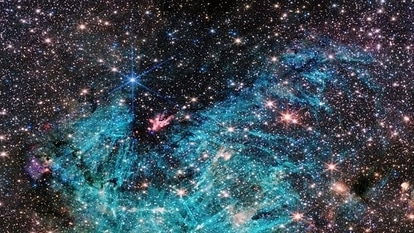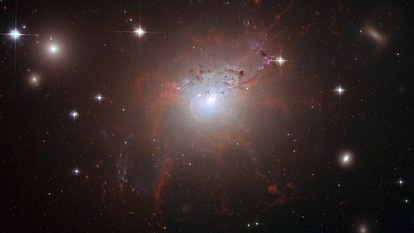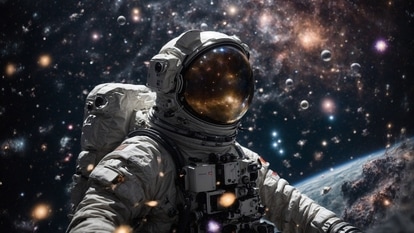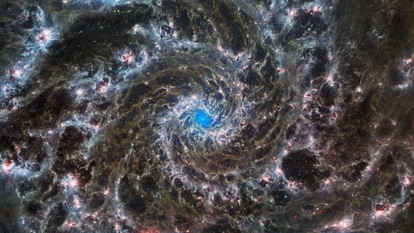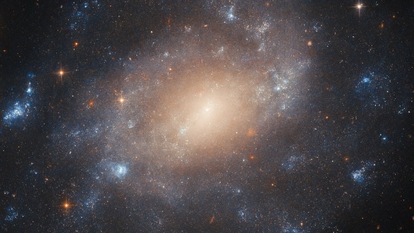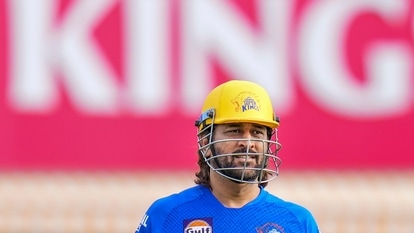Magnificent! NASA's Hubble Telescope captures crash of 3 galaxies
In a rare and astonishing view, NASA’s Hubble Space Telescope has captured three galaxies which are set to merge.
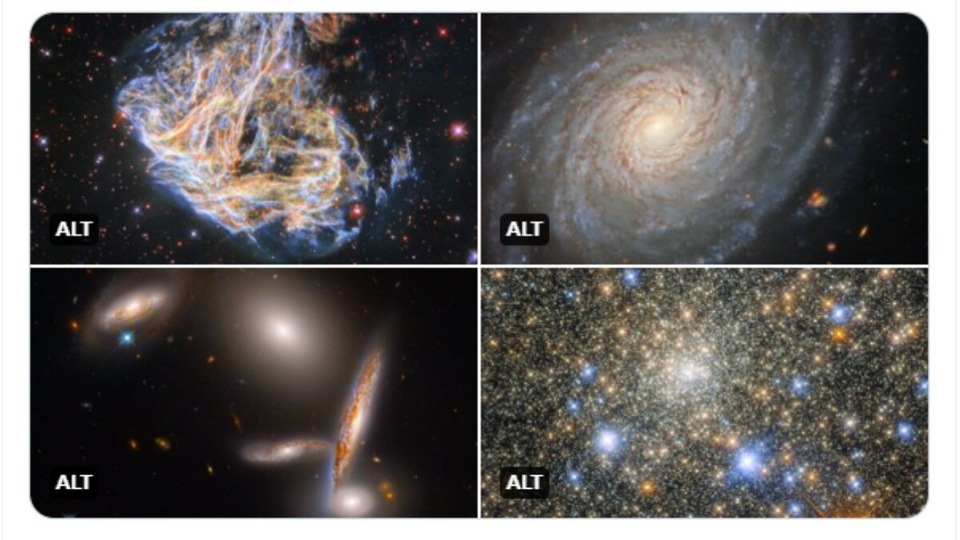
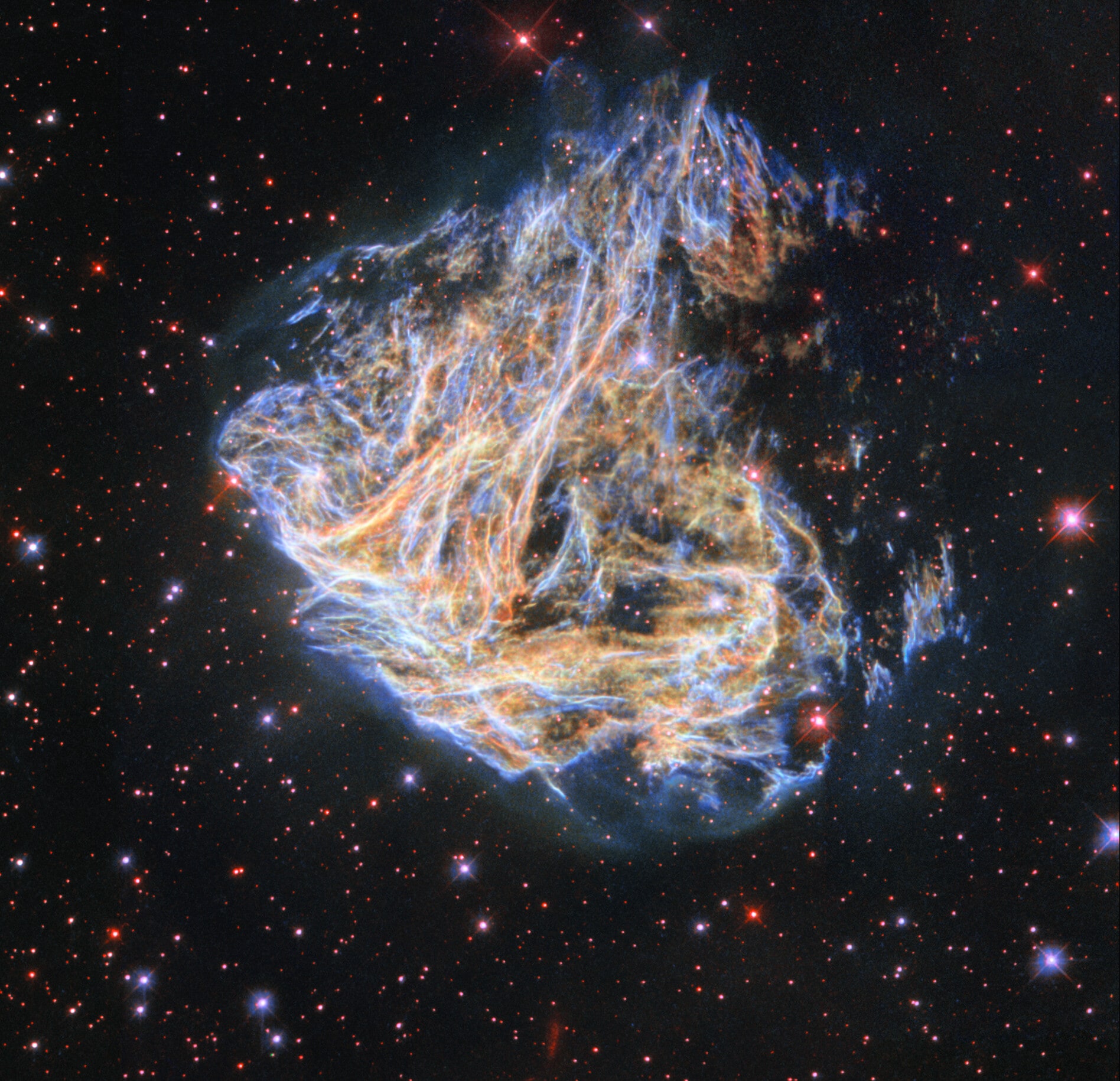
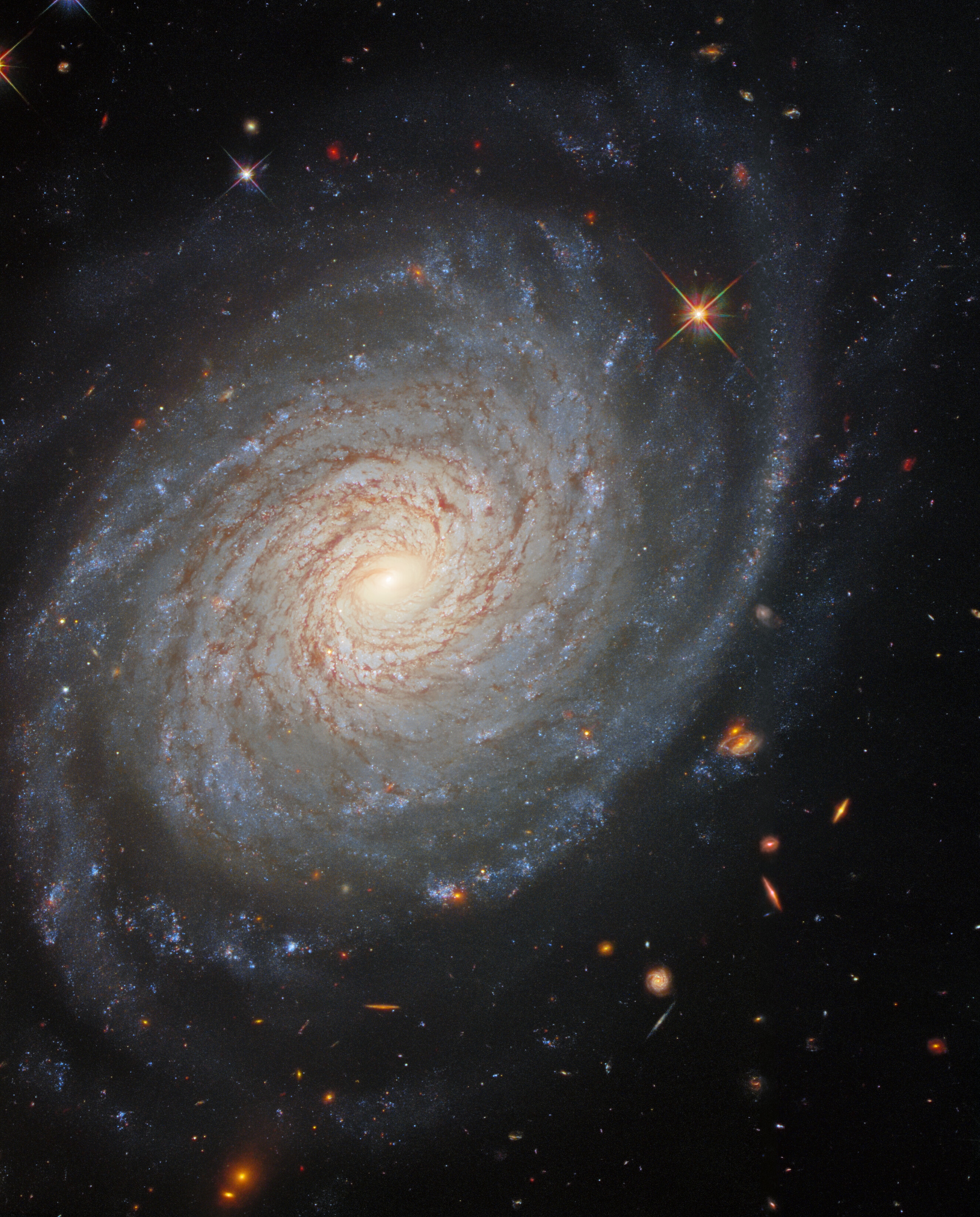
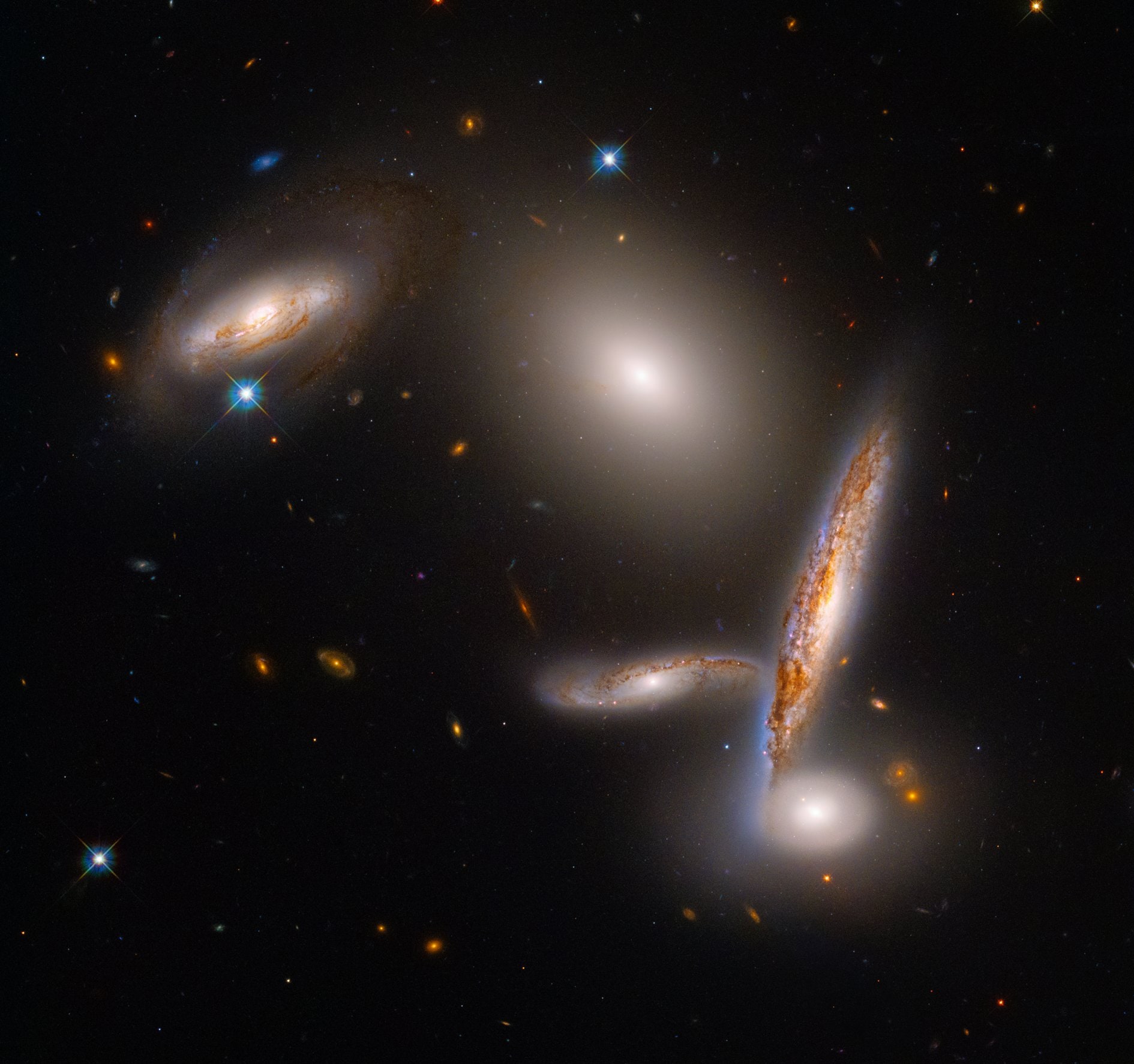

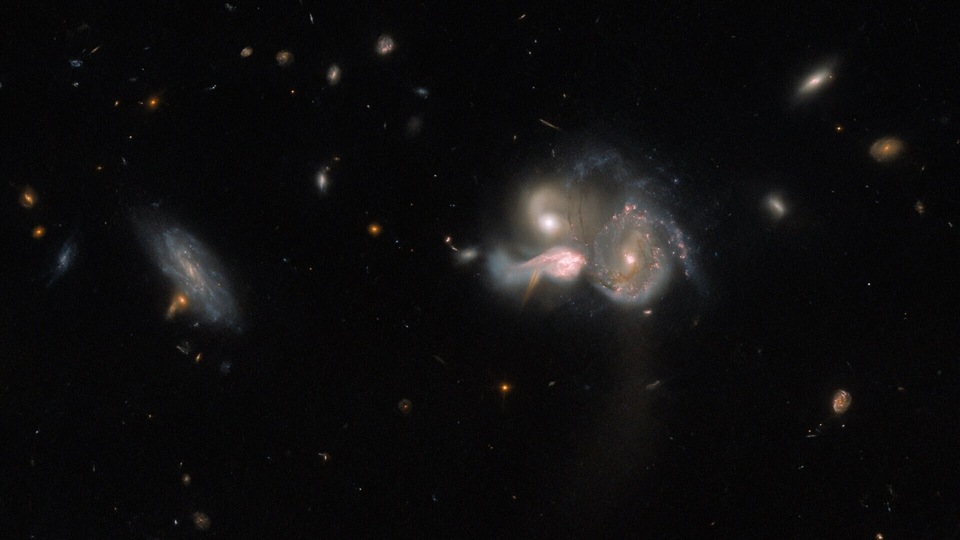
 View all Images
View all ImagesAmazingly, over time, galaxies continue to interact and merge. The scale 8s humongous. Sometimes, when galaxies approach each other closely, they merge and form a single, larger galaxy through the process of merging. This remarkable view of a rare occurrence - the impending collision of not two, but three galaxies - has been captured by the Hubble Telescope. “Three galaxies stand together just right of centre. They are close enough that they appear to be merging into one. Their shapes are distorted, with strands of gas and dust running between them. Each is emitting a lot of light,” ESA explained about the image.
These merging galaxies are located in the Bootes constellation. These three galaxies are set to merge and as they do, they will blend together into a larger, singular galaxy, disrupting each other's spiral structures as a result of their mutual gravitational pull during the process. Not just that, the image also captured an unrelated foreground galaxy that appears to float serenely alongside.
About merging galaxies
Astronomers refer to this merging group as SDSSCGB 10189, a remarkable cluster consisting of three expansive, star-forming galaxies situated in close proximity to each other, at a distance of around 50,000 light-years. Though this distance may seem vast, it's extremely close for galaxies, making them practically next-door neighbours. For better understanding, know that our own galactic neighbours, such as Andromeda, the nearest large galaxy to the Milky Way, are situated over 2.5 million light-years from Earth.
The aim of this observation was to assist astronomers in comprehending the genesis of the universe's most massive galaxies. These massive, galactic behemoths are known as Brightest Cluster Galaxies (BCGs) and are distinguished as the most luminous galaxies in any given cluster. "Astronomers suspect that BCGs form through the merger of large, gas-rich galaxies like the ones in this image," ESA said in a statement.
To gain more insight into the formation of these colossal galaxies, astronomers employed Hubble's Wide Field Camera 3 and Advanced Camera for Surveys.
Catch all the Latest Tech News, Mobile News, Laptop News, Gaming news, Wearables News , How To News, also keep up with us on Whatsapp channel,Twitter, Facebook, Google News, and Instagram. For our latest videos, subscribe to our YouTube channel.








